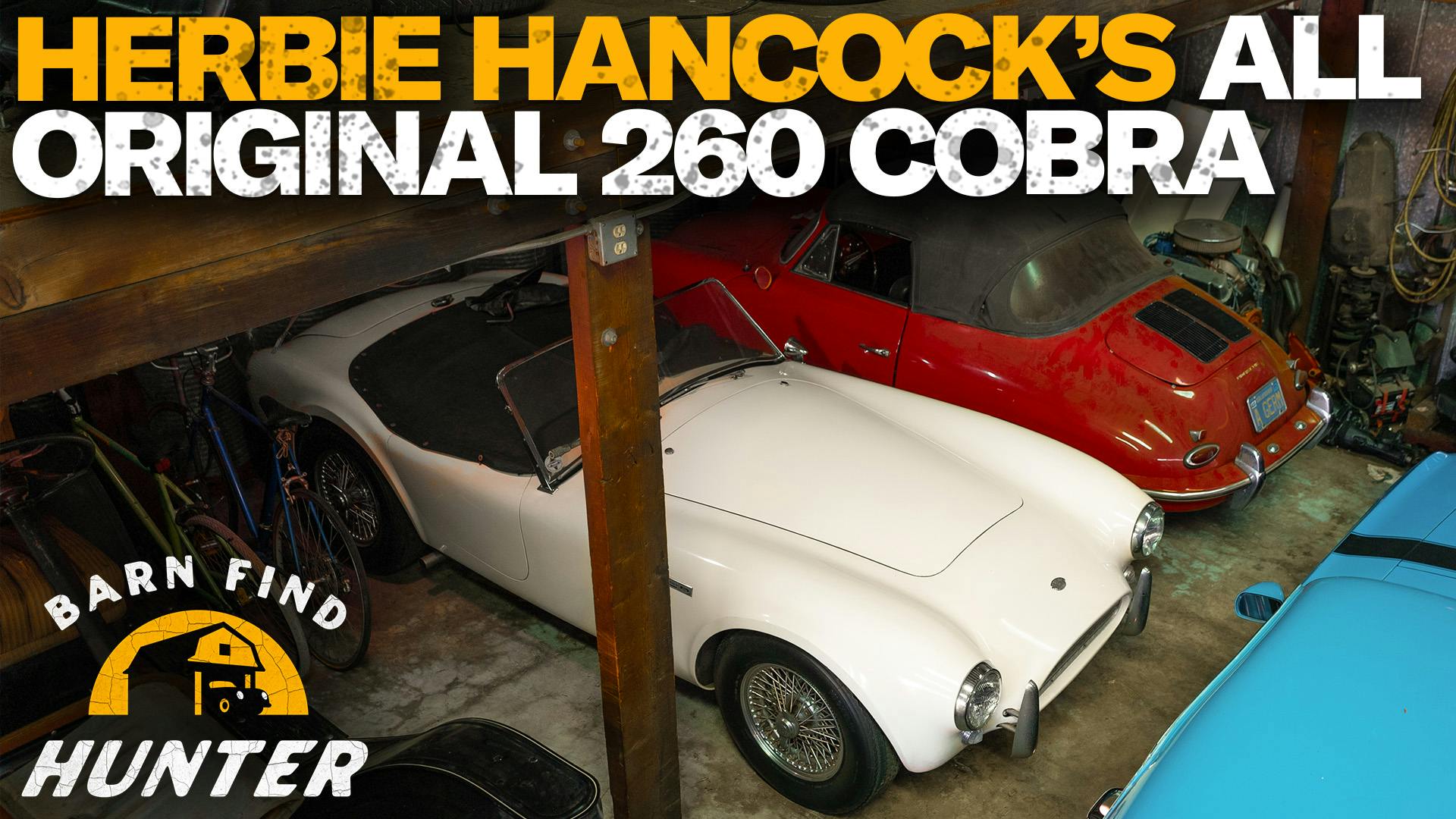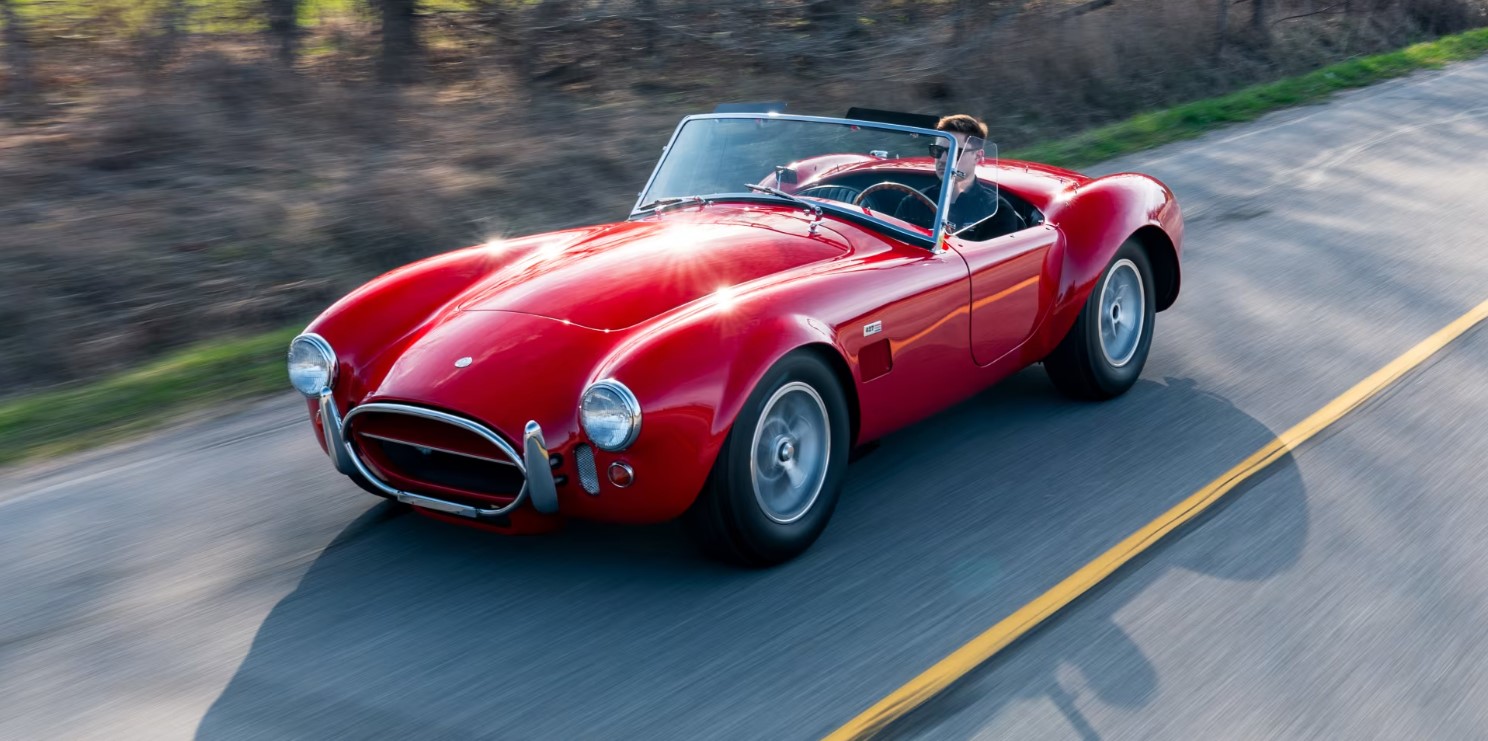At a time when engine swaps were reserved for hot rodders and outlaws, Carroll Shelby bolted a V8 into the AC Ace and created a ’60s icon. A lot of us know the basics of the Cobra’s story but rather than rehash the same few talking points, we picked five cars that tell the brief, fascinating history of the Shelby Cobra.
The Original
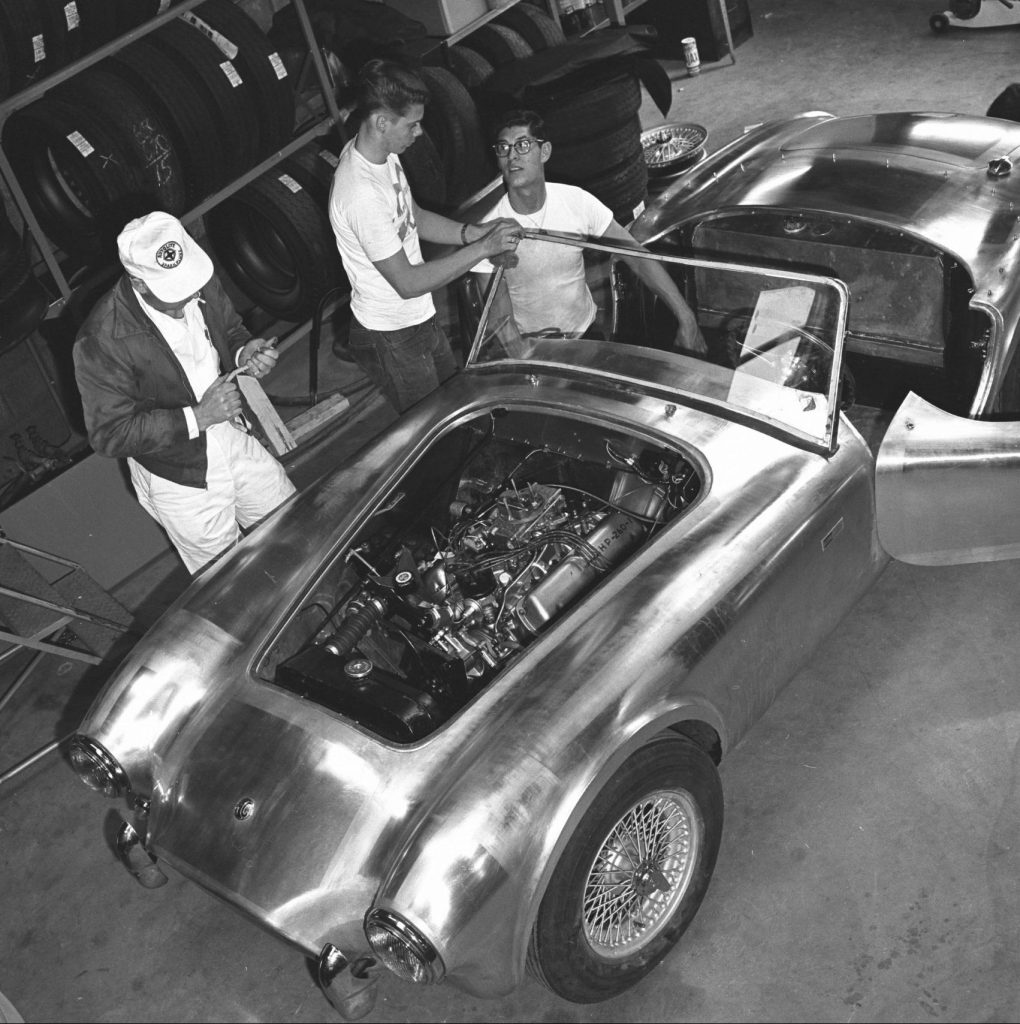
The idea for the Cobra was not that crazy: Take the lithe, simple Ace and tuck a V8 under the hood. Choosing which engine came down to Shelby’s business sense and Chevrolet’s lack of interest in supporting the project. The final choice – a Ford – was likely an easier fit considering the distributor location, but Shelby and his team were problem solvers who could have easily found a work-around, had they preferred the Chevy mill.

While many think Shelby made only two versions of the Cobra – those powered by a 289-cubic-inch (4,735cc) V8 and those by a 427-cubic-inch (6,997cc) V8 – the reality is more nuanced. The first cars were fitted with 260-cubic-inch (4,260cc) Ford V8s backed by BorgWarner four-speed manual transmissions. Starting with chassis code CSX2000 in 1962, the first 75 cars got the smaller-displacement V8. Each of the remaining 51 early-production cars got the larger, 289 cubic-inch engine.
The Driver’s Choice
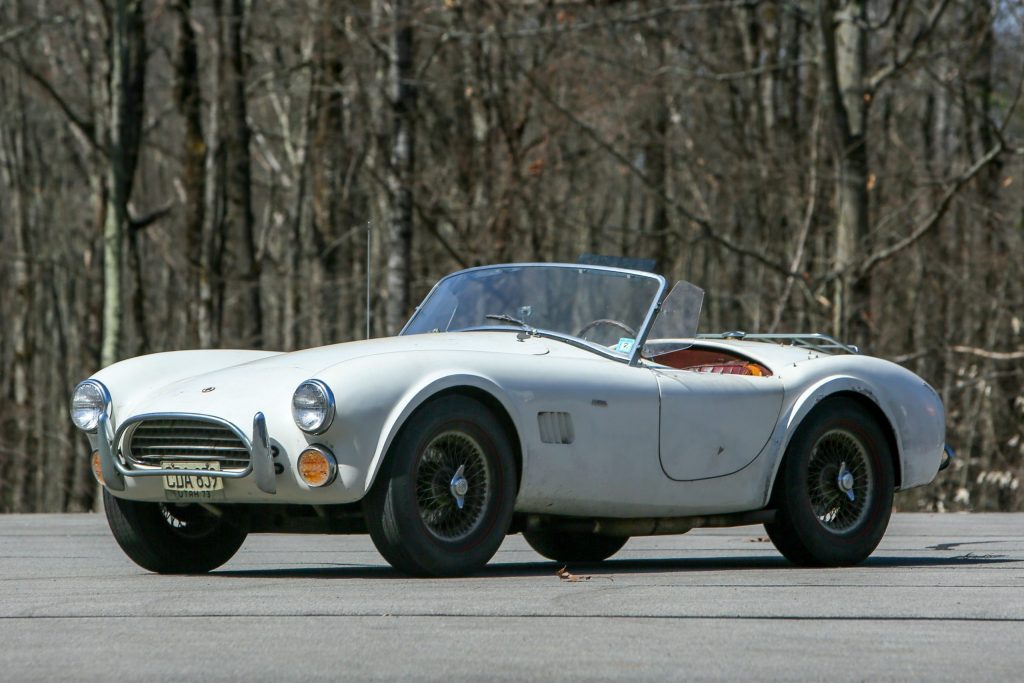
The slight increase in engine displacement was a great choice, and it created what Cobra aficionados say is the best car if you really want to drive. Look no further than The Barn Find Hunter himself, Tom Cotter, who has racked up hundreds of thousands of miles in his 289-powered car.
The 289 was also a force to be reckoned with on the racetrack. They were routinely hassling Ferraris and taking lunch money from Corvettes. On track the cars had a balance – if you can call an overpowered British roadster balanced at all – that allowed drivers to shine. Sadly, those racers were shining from sweat due to their car’s lack of a roof. That problem brought in Peter Brock and his team, who together created …
The Specialist
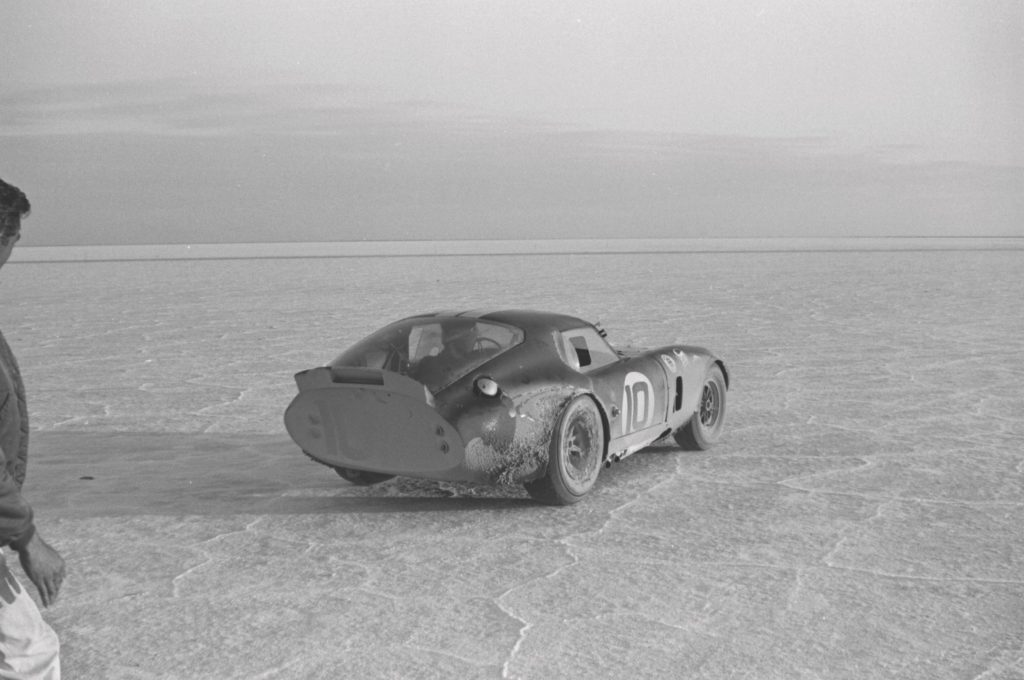
Brock and his team were less worried about sunburns on drivers’ necks than the aerodynamic disadvantages of the roofless design. Even as the Ford 390 (6,390cc) V-8s were finding their way into Mark II Cobras, the aerodynamic drag of the car’s body was limiting the Cobra’s performance in a straight line. The result of the project was the Daytona Coupe, which added a roof and Kamm-back rear to create the first enclosed Cobra in 1964.
The Daytona name came from one of the tracks where this new roofed car won. Daytona Coupes also won at Le Mans, Sebring, Monza, and set endurance speed records, proving the combination of aero and power created a formidable race car. The shape of the Daytona coupe even solved the high-speed stability issues of the roadster. Aerodynamics, however, were not Carroll Shelby’s thing. He liked horsepower, and he returned to the roadster shape to create …
The Icon
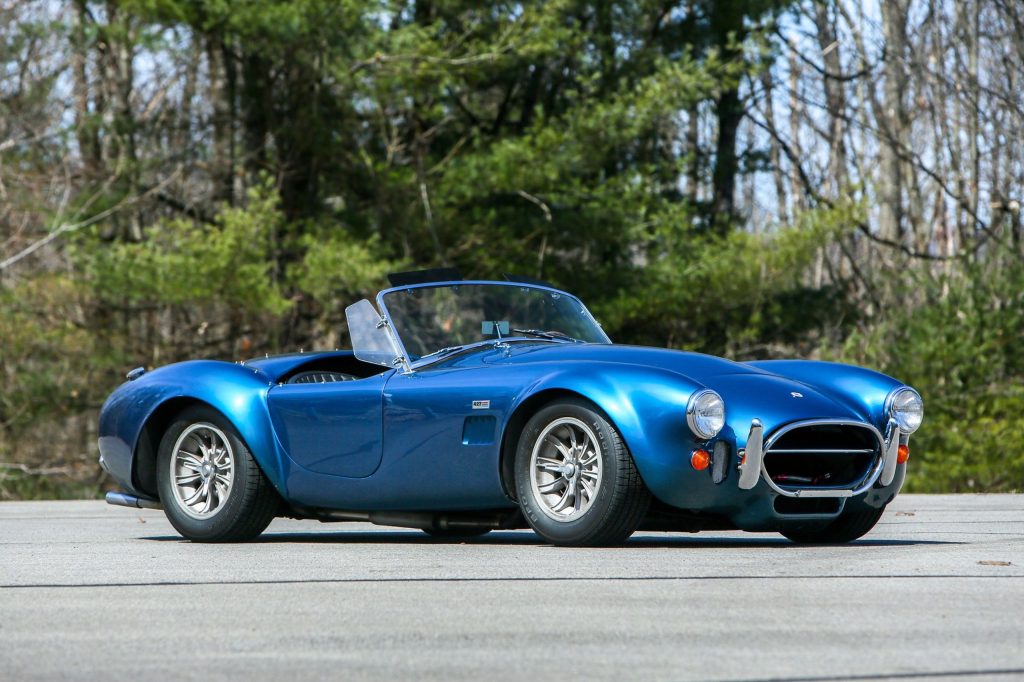
Say “427” in the right crowd, and everyone collectively says “Cobra.” It’s a Shelby fan’s version of Marco Polo. The Mark III was the product of Ford, AC, and Shelby working together to create a car that fit the design brief from Shelby and debuted in 1965. Much of the hardware on the earlier cars was turned up to 11 in order to fit the 427 side-oiler big-block Ford, an engine that had impressed Shelby in racing versions of the Ford Galaxie.
Spotting a 427 Cobra is easy compared to the earlier cars: The radiator opening is larger, as are the fender flares, which were enlarged to fit new wheels and tires. Underneath, the tubing comprising the frame increased in diameter, from 3 inches to 4. The tranverse leaf springs in the suspension disappeared in favor of coil springs at all four corners. There were two versions of the 427 available: The standard ones that sported 419bhp and the competition cars that put out a ground-pounding 478bhp. That wasn’t enough power for Shelby, though, and his lust for more created the final form of the Cobra.
The Absurd
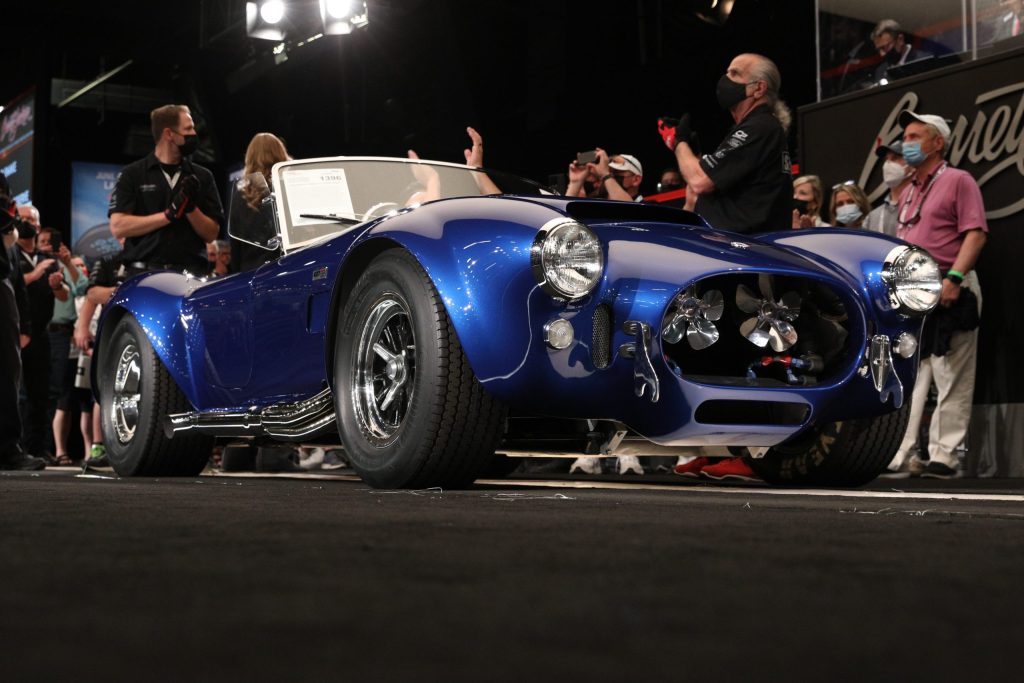
It’s difficult to take something that is already over the top and make it wilder, but Shelby used a competition Cobra to do exactly that, usability be damned. The list of what makes a car streetable is short to a guy like Shelby: mufflers, chrome bumpers, and a windshield. Oh, and two Paxton superchargers, a subtle little upgrade. The rumour mill says 800bhp was churning under the hood of the “Super Snake,” and that the cars were nearly undriveable, even when fitted with an automatic transmission. Only two were created and only one, chassis CSX3015, lives today; the other was driven over a cliff and into the Pacific Ocean.
Is that the entire history of this unique American sports car? Not hardly, but this list should give you an idea of why the Cobra became and has stayed an icon of the car world – possibly the most duplicated or copied car of all time and a dream for many enthusiasts. The Cobra stands as a car that could only have been born when it was. Something like it will likely never happen again – no matter how run-of-the-mill an engine swap has become.


